Sky Running in Zermatt
The annual Zermatt marathon begins in the small town of St. Niklaus (3,660 feet above sea level) and concludes 42.2 km later at the Riffelberg train station (8,480’).
For those who consider that short, a 46km ultra route concludes at the Gornergrat hotel and observatory, at 10,135’, a favorite film location for Bollywood movies and a Winter ski paradise.
On an adjacent peak, while the Zermatt Marathon is being contested, Summer ski is in full swing with acres of the Matterhorn Glacier open daily until the sun turns the snow to mush, at which time riders and skiers retreat back to Zermatt for golf andu après-ski libations.
This slice of Swiss paradise is eminently reachable and affordable during the Summer season, and a remarkable training location as well.
Anybody who has ever gazed on the Matterhorn knows its draw. Imagine you are two-thirds of the way through a marathon on a trail high above the mountain village of Zermatt, running toward the Matterhorn. If this sounds appealing to you, here is how it’s done or, at least, how I do it.
Upon arriving at the Zurich International Airport the underground efficient train transport is emblematic of the public transport in Switzerland: fast, efficient, clean, and on time. One can actually set a watch to the correct time based on the departure time of trains in the land of Heidi and cuckoo clocks. Speaking of, a projected video of Heidi and a mooing cow welcome riders on the train to the terminal in what has become, for me at least, a routine welcome to Switzerland.
It’s an effortless transition through the airport, which is a neighbourhood shopping destination complete with grocery store, bakery and high-end shops. I strongly recommend a quick stop at Migros to pick up some local chocolate and, if I may suggest, a package of Swiss holiday dessert Magenbrot (in a clear-pink plastic bag).
The train to Zermatt (about $120) is an efficient three-hour trip with a single transfer in the valley town of Visp. The final railway up the Matterhorn valley on a cog railway climbs past the town of Randa, where you can see scars first-hand of the power and unpredictable nature of the mountains, with its 1991 rockslides that brought down approximately 30 million cubic meters of debris. Further up the valley, snow-capped peaks come into view, and finally around a final bend, the Matterhorn itself. Hopefully you arrive in clear weather. The pointed peak has a tendency to create its own weather due to orographic lift and varying amounts of cloud trails. Plan to spend at least several days in the area to increase the chance of seeing the mountain in all its glory and without clouds.
My home-away-from-home for the past several trips has been the Hotel Christiania, a family-owned Swiss chalet complete with requisite geraniums in red painted window flower boxes, oh, and a spa and an indoor 25-meter lap pool with views of the Matterhorn. For any swimmer or triathlete, this place is a dream come true. The hotel is situated a 5-minute walk from the train station, and at an altitude of 5,300’. It’s proximite to grocery stores, restaurants (including the notable Pfeffermühle in the hotel), and all other facilities.
Within easy reach a few minutes outside of town are countless trails and endless opportunities to climb (both hiking and mountaineering) the surrounding peaks in all directions. Daily buffet breakfast is extensive and of typically Swiss fare, with plenty of options for coffee, cheese, cereal, croissants, bread, cold cuts, fruit, smoked salmon, eggs, and they were more than willing to accommodate special diets. Single rooms start at about $140 per night, a huge bargain compared with Winter rates that are double or higher.
The trails range from flat and wide fire roads to technical and hilly singletrack and everything in between. Signs are extensive and clear and while it would be possible to get lost, you are more likely to find yourself on a roundabout detour. If you ever lose your way, simply descend into any valley and you will be sure to eventually find some form of public transportation. There are of course natural hazards typical of mountains with rock, snow and ice, but no dangerous wild animals, and the risk of assault or violence is non-existent. This is probably among one of the safest places in the world.
To illustrate, a few years ago in a nearby area I spent the night at a mountain chalet and the following day decided to do a full day hike back to the valley floor and the train station. With the urging of the chalet host, I left my backpack, including laptop, at the unattended upper cable car station, with the assurance that when the transport began to operate later in the morning, they would know to bring my backpack to the base of the lift and into storage. Tired and hungry at the end of miles on the trail, I reached the base of the lift and retrieved my intact backpack. That, in a nutshell, is Switzerland.
In the days leading up to the Zermatt Marathon, athletes began to arrive in town, in lots of Euro-running clothing that looked like it was straight off the designer line of Salomon: narrow cuts, bright colours, mountain running at its best. A joie-de-vivre permeated the streets, between the flocks of Asian tourists toting cameras, Summer skiers and runners, Zermatt was bustling, and yet just a few minutes outside of town you could easily be on a trail, alone but for the birds and squirrels.
The public lift system in the Alps is second-to-none. This presents both an opportunity to easily reach high peaks (it’s not cheap) while concurrently making human-powered ascents somewhat less rewarding. Case in point is the terminus of the Gornergrat train line, at 10,135’. It’s the site of an observatory and hotel. It’s easy to hop on the 45-minute train ride from Zermatt on the steep cog sections and reach the summit ridge with views over the Monte Rosa glacier, the Dufourspitze peak (the highest in the area, at 15,204’) and of course, the Matterhorn. Reaching Gornergrat by trail from Zermatt is a multi-hour journey, and one ends up amidst the masses at the top.
On the positive side, you can get a photo with a drooling Saint Bernard dog. When I visited one day this July, they were filming a Bollywood movie, and I was told that has become quite common. It’s a bit too popular for my taste. For a more personal adventure, I recommend running up to the Oberrothorn (11,200’), or the Hörnli Hut (10,695’) at the climbing base of the Matterhorn. Both destinations require significant effort beyond the highest lift, allowing for a more intimate connection with the amazing scenery minus the crowds.
A few years ago I spend a late summer night at the Hörnli Hut to awaken in the middle of the night to a howling snowstorm. It made the descent somewhat treacherous but paled in comparison to the climbers who had spent the night prior to their pre-dawn mountaineering ascent of the Matterhorn.
If you have time for a single trail it should be the new Matterhorn Glacier Trail from Trockener Steg (9,642’) to Schwarzsee (8,373’). When I first started to visit Zermatt in 1992, this trail did not exist for the simple reason that it would have been covered in tens of feet of ice. With the receding glacier, this trail opened a few years ago and allows runners to experience the high alpine terrain with very little elevation gain/loss. It’s a wild single track marked by cairns of stones and high-altitude trail markets of white-red-white painted stripes. As you run/hike past a glacier, glacial tarns and moraine rocks just below the ski area, it is almost as if you can see geological evolution in action, between melting, erosion, and rockslides.
The Swiss Alps offer a network of mountain huts connected by trails. Extensive would be an understatement. In the Zermatt area alone there are at least 15 huts open during the Summer season, and many are open during the Winter for ski touring. Each hut typically offers reasonable overnight lodging (often in shared or dorm rooms) and breakfast, and provides for the purchase of lunch or dinner. This allows hikers or runners to traverse large stretches of the country on alpine trails with nothing more than a day pack and perhaps some laundry soap. A personal goal is to fast-pack from France to Austria through the Swiss Alps staying at alpine huts.
There are rocky peaks on three sides of Zermatt, joined in long ranges by glaciers falling between high valleys. Confluence of glaciers in the lower valleys creates rivers of ice that move inexorably but measurably with time, sometimes inches, sometimes feet per day. Under the terminus of each glacier pours a steady stream of ice-cold melt water, pummeling rocks on the journey downhill into the Zermatt valley, and eventually to the Atlantic Ocean. These majestic peaks and unforgiving terrain have been called home by loggers, farmers, and hunters for hundreds of years. The rural culture is still alive and well in many of the smaller alpine villages that dot the landscape.
Running or hiking the trails it is very common to see docile herds of cattle, goats, sheep and other animals, as well as the wild alpine marmot, ibex, and chamois. Temporary electric fences made from metal-woven fabric are ubiquitous. In some locations, the houses are actually fenced off rather than the pastures. Springtime allows cattle to roam the upper green valleys as hay fills the large green fields, destined for winter storage. Traditional structures are raised off the ground on wood and stone pillars, balanced on flat rocks that act as anti-rat measures. Legally and by custom hikers are permitted through any land, public or private. Leave gates exactly as you find them, and practice campsite etiquette: leave the land in the same or in better shape than in which you found it. Drinking water is plentiful here, spigots from mountain springs abound, picturesquely dropping from rustic troughs into hollowed-out logs, though for remote excursions it would be wise to carry some iodine pills.
For triathletes who plan to do some cycle training, many of the trails are open to mountain bikes, though steep pitches and technical aspects make these trails intermediate to expert rated. Bike rentals in Zermatt are easy and there are lots of options for great gear. For better mountain biking, I would suggest the Interlaken/Lauterbrunnen/Wengen area a bit to the north, also the home to the awesome Jungfrau marathon each September. Road cycling would be limited to the road down the Mattertal valley to the perpendicular Visp valley where further options open up. Bike transport on trains throughout Switzerland is generally easy and a nice option for 1-way routes. For swimming, the indoor 25 meter lap pool at the hotel Christiania is unparalleled, though a smaller public pool is available in town. The hotel spa is a 16+ mixed nude zone, very typical of the open-minded European attitude towards shared community, and a not-to-be-missed positive travel experience.
The Zermatt marathon race organizers, in typically Swiss efficiency, created an event where everything was easy and everything worked. The packet pickup in St. Niklaus included free transport to and from with race registration confirmation. Bibs featured crowd-friendly first names of each runner. A souvenir drop bag was provided to leave clothing for transport to the finish. The race featured well-stocked and manned aid stations en route, showers and massage at the finish, and a finisher medal and technical shirt. Results were posted quickly at the finish and online shortly thereafter. A free downloadable commemorative photo was also provided.
Several other runners, all seemingly a bit nervous to the upcoming marathon struggle, attended race morning breakfast at the hotel. In the 11 prior races, the 3-hour barrier had been broken just twice, while each year dozens of elites compete. From Zermatt to the start down the valley in St. Niklaus, it’s a long 35-minute train ride, much of it parallel to the race course. It was a sinking feeling to know that running all the way back up was only the first “easy” half of the race! I rode down with my Zurich-based friend Muriel who was running this event for the second time. It was my second attempt as well; the first was in 2011 when I finished in a time of 3:46, good for 20th overall.
In typical Swiss alpine fashion, the pre-race festivities included alpenhorn playing under the start banner. Those exceptionally long wooden horns were traditionally used in the mountains as a form of long-distance communication, and if there were two sounds one can call distinctively belonging to the Alps, the alpenhorn’s haunting melancholy call would be one of them. The other would certainly be the ringing of cowbells.
For the first half, I held to a very conservative pace, really just cruising along, allowing many runners to go ahead, but starting to drop a few folks pretty early on too. I had learned this race was very much about pacing and saving energy for the second half and most of the climbing. I enjoyed running through each valley town, except for the smokers: quite a few spectators watching the race were smoking, with apparently no comprehension for the oxygen debt most athletes faced.
After running about 21 minutes for the first 5km, that seemed to go by quickly, and I was slowly picking up a runner here and there and dropping them. It was quite fun and I kept my effort manageable except for a few little surges here and there. My spirits were pretty high and I smiled a lot, played some games with runners ahead as I caught and dropped them. It’s always fun to try conversing with somebody in my second or their third language while running uphill, and pretending to make it look easy. Around 19km we were coming toward Zermatt and I was caught and passed by 2 runners who I had dropped earlier – they had clearly begun pushing a bit more. I stuck with them for a kilometer or so and then let them go. There was no point in working too hard into Zermatt.
The crowd helped motivate me through the narrow streets, though I was certainly feeling the effort at that point, I went through the half marathon point in about 1:28.
Leaving Zermatt, the road pitches up to 15-25% and I struggled a bit as we headed back onto the dirt. I kept chipping away at the miles but fatigue began to creep into my step. Up and up, that’s a really tough and long climb and I longed to walk, giving in on some of the steeper corners. One or two other runners sporting elite numbers like my own passed by, there was little at that point I could do to stay in contact. A few relay runners passed as well, their legs fresh from their start in Zermatt.
We finally hit an interim balcony and got some flats, downhill and rollers for a few miles and I could stretch out until the mountain hotel of Riffelalp (7,290’) at km 39. The last 3km rose up several hundred meters on a dirt road that reached a 20-35% grade, so I struggled just to walk uphill. I tried to run a bit here and there but the best I could do was a fast hike.
With the Matterhorn as a backdrop, the finish finally came into sight and I jogged in for a final time of 3:42, which was good for 21st place among the men, and behind two very fast women. Elite Kenyan Paul Michieka won the event for the 2nd year in a row with a time of 3:05. The 46km Ultra run was won in a time of 4:23, the extra 4km a brutal 500m above the marathon finish line, and amidst towering piles of snow from the significant Winter snow pack.
What’s the secret to racing uphill trail marathons like Zermatt, Pikes Peak or the TransRockies events? Lots of hill training, both uphill and downhill. Pacing based on your personal understanding of your body and energy reserves. What about the common excuse that Switzerland is too expensive? I concede that it’s not inexpensive, but for the wealth of beauty, trails, cultural experience and unparalleled grandeur of the Matterhorn, it’s surprisingly affordable. Will I go back? You bet, I’m already planning the next adventure to this extraordinary land.
Resources:
Swiss topo maps with layers to include trail system
Christiania Hotel
Train schedules and fares
Zermatt marathon: The next edition of the race is July 5, 2014
Swiss race calendar
Matterhorn Glacier Trail YouTube video
Another traveler's 7-best Zermatt features
Jonathan Toker is a Canadian who received a Ph.D. in organic chemistry from The Scripps Research Institute in 2001, and raced in the professional ranks as a triathlete and runner for 5 years. Dr. Toker worked as a scientist in the biotech industry for 5 years prior to launching his unique SaltStick Electrolyte Capsule and Dispenser lineup. Jonathan paid his own way on this trip, and didn’t get any discounted hotel rooms, race entry, flights or train trips.
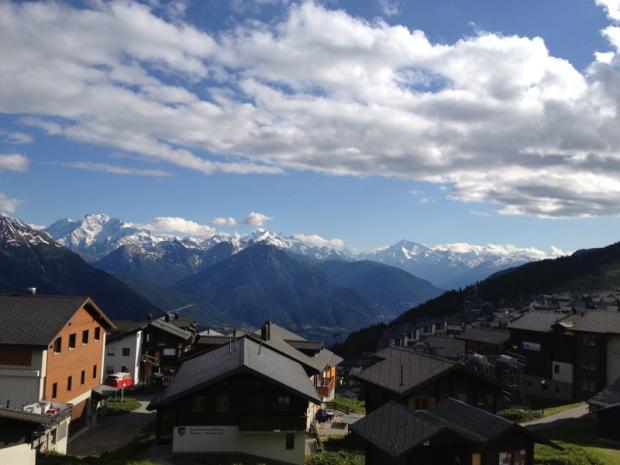
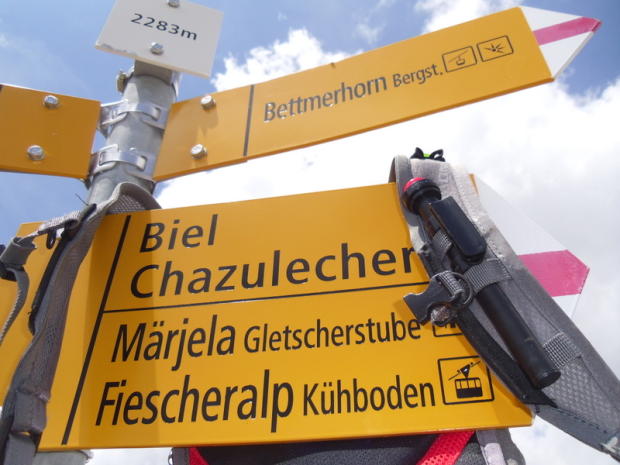
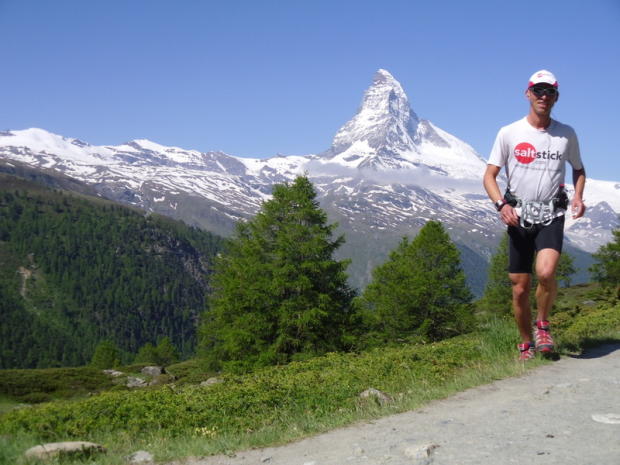
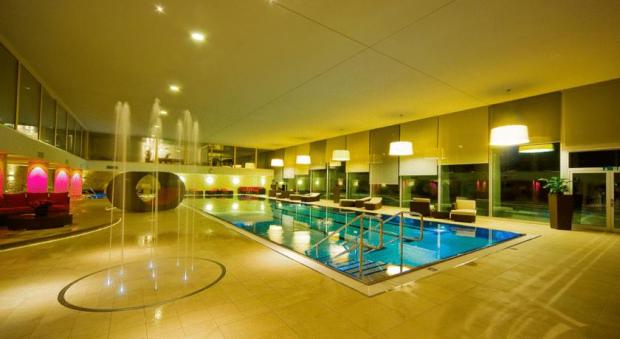
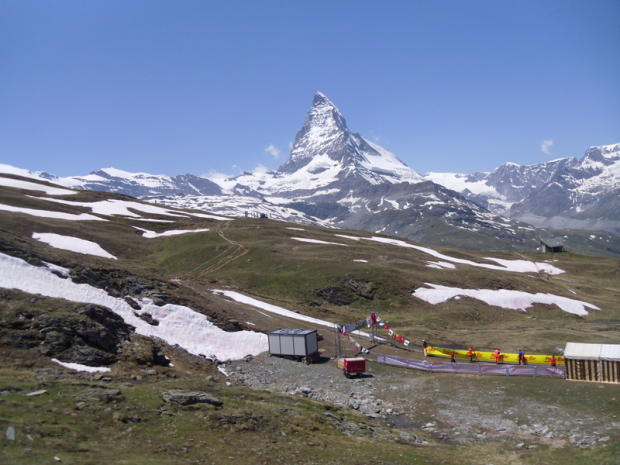
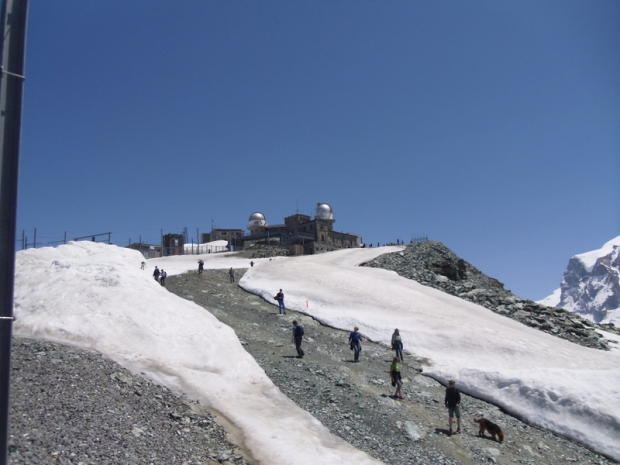
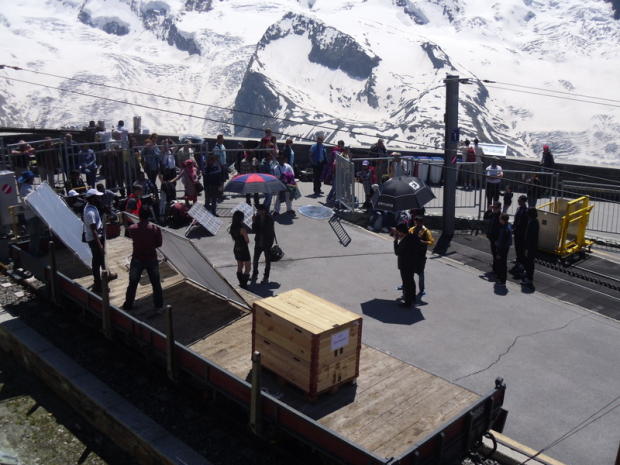
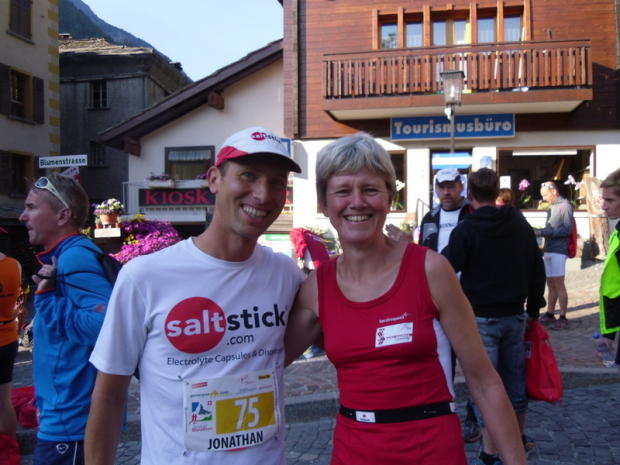
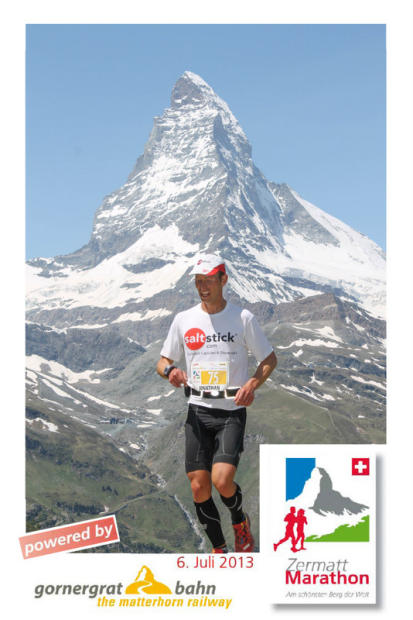

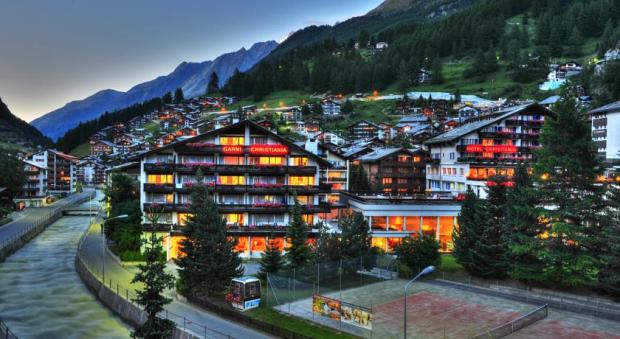
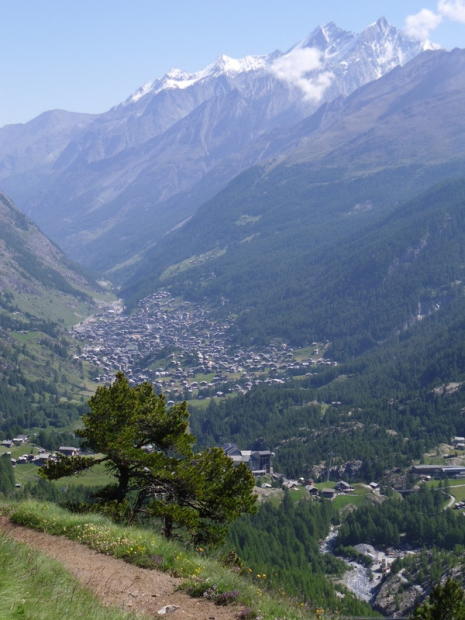
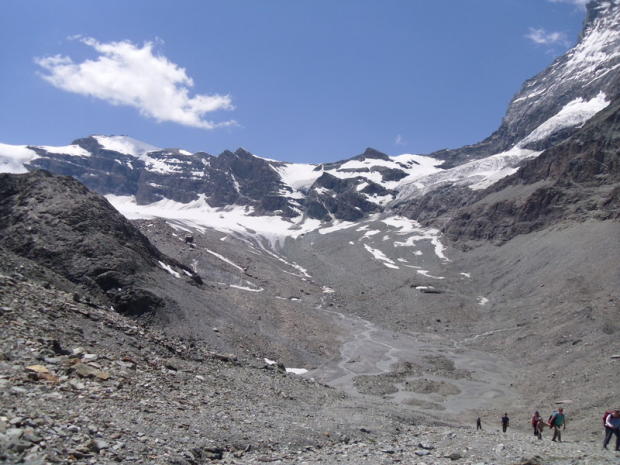
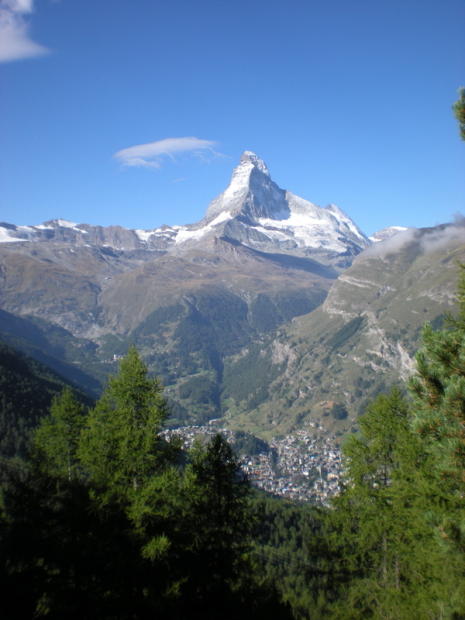
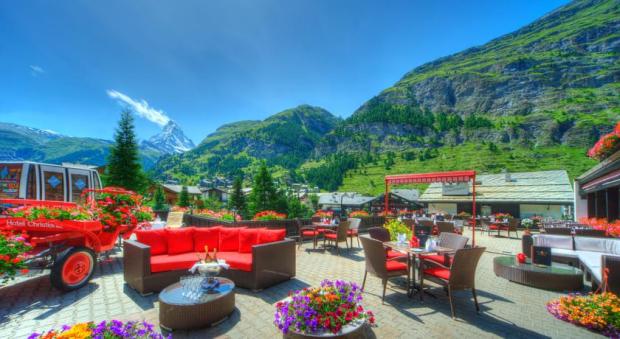
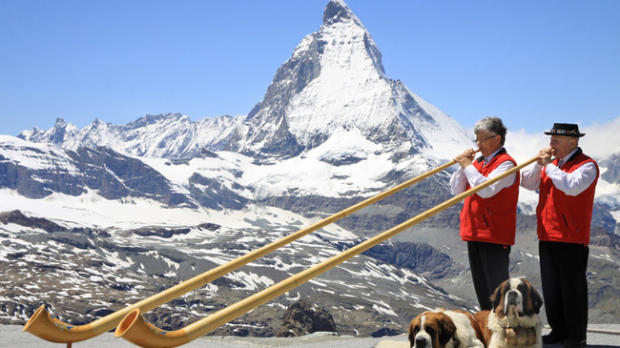
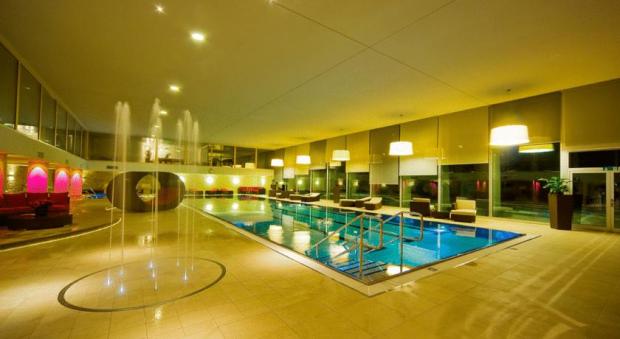
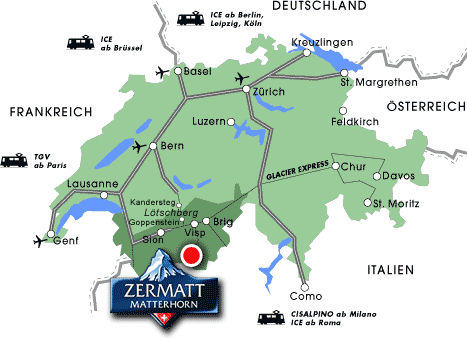
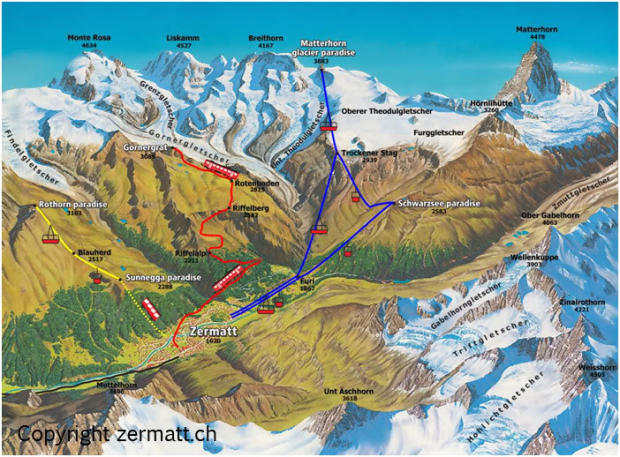


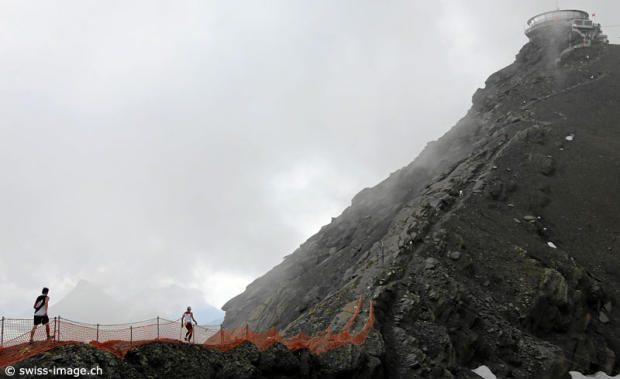
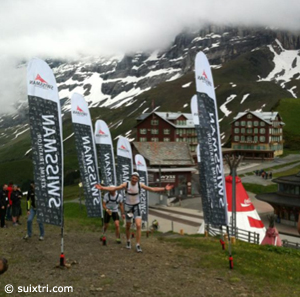
Start the discussion at slowtwitch.northend.network